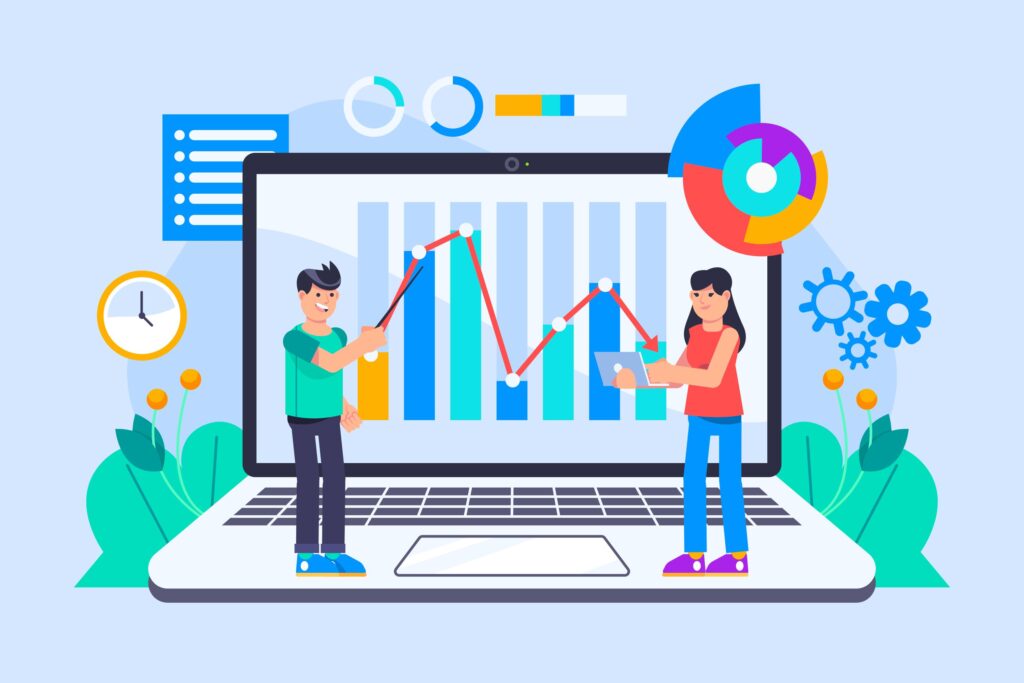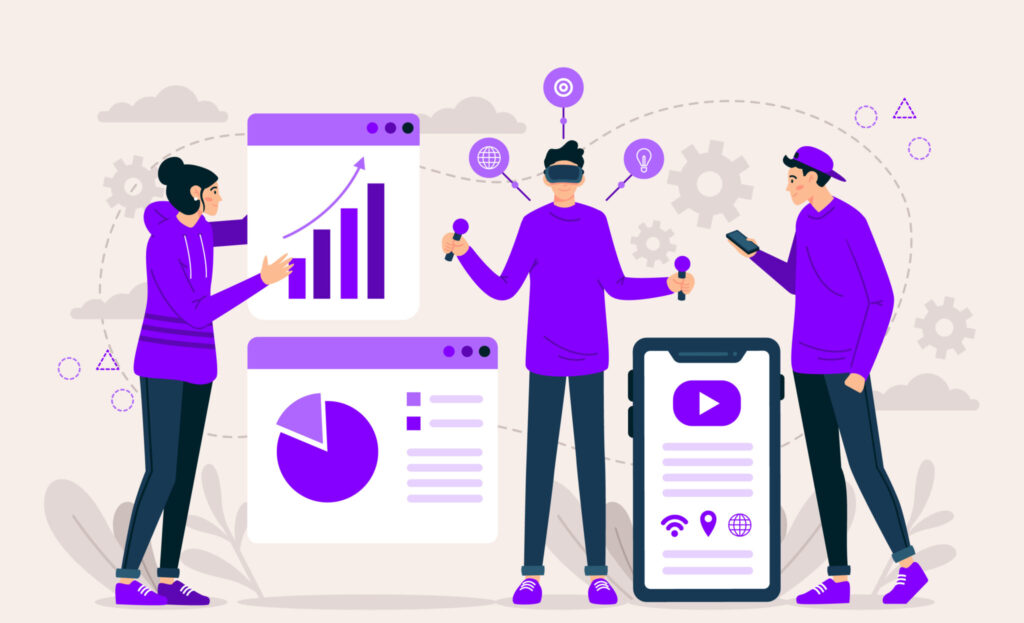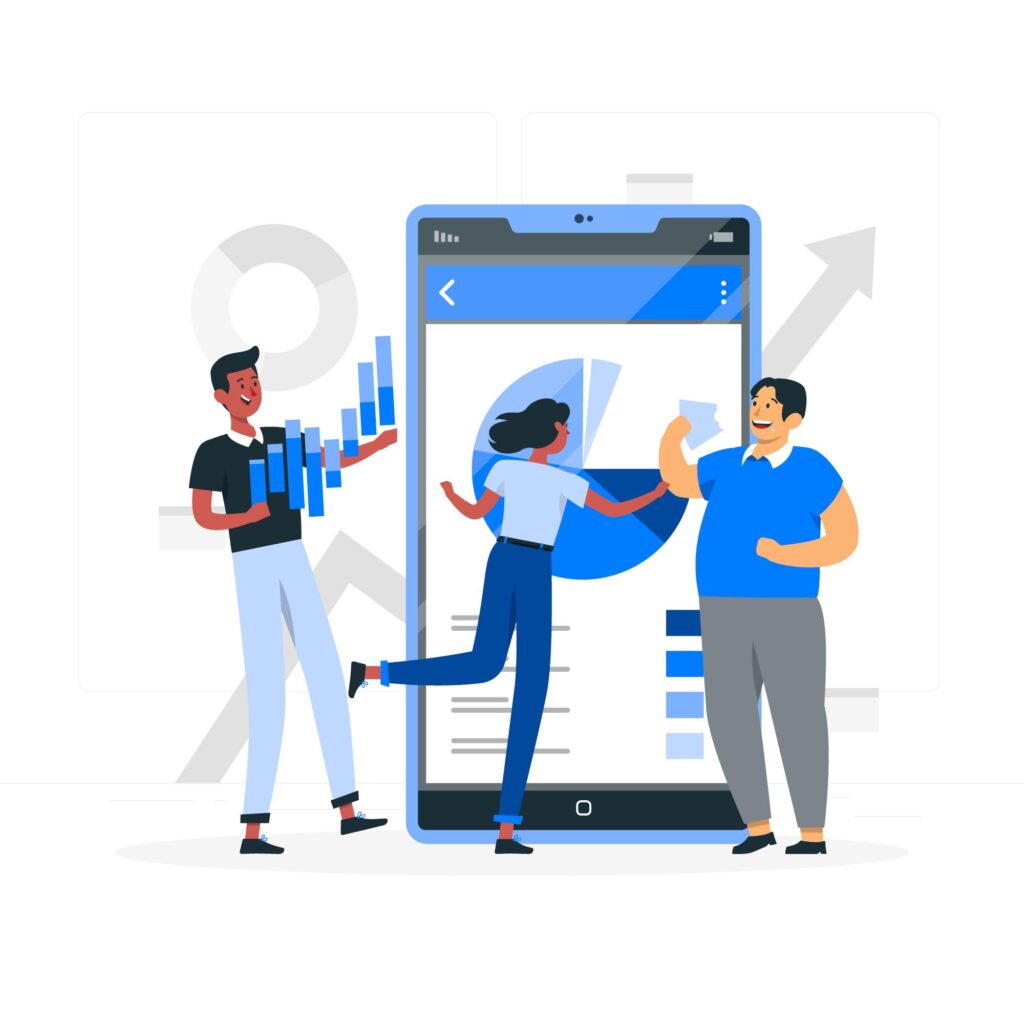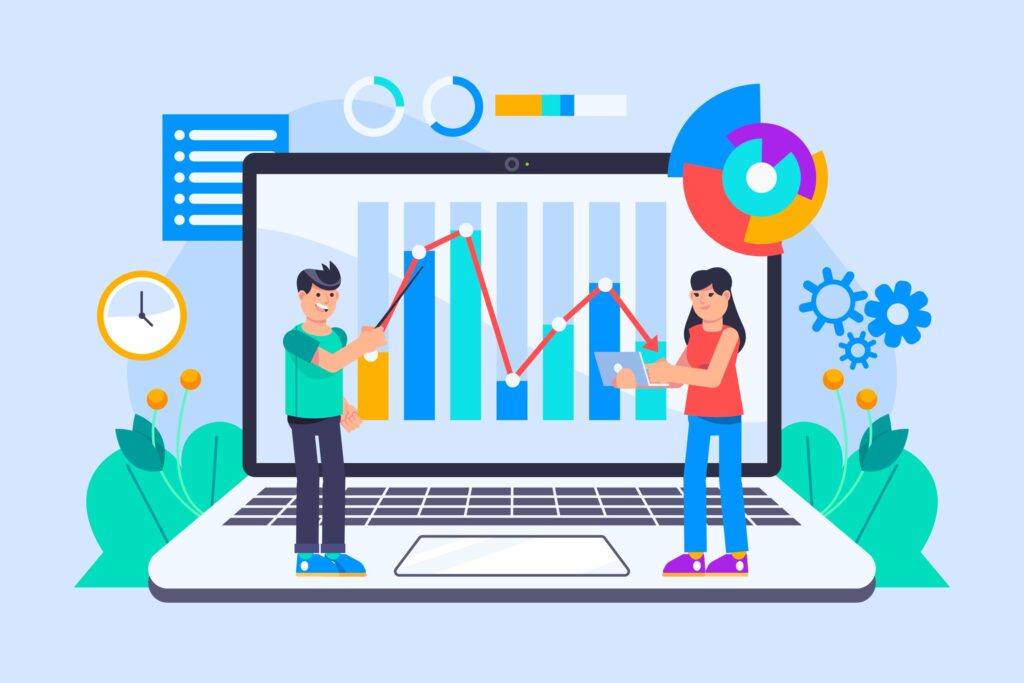Google Ads / Google Ads Attribution
What is Google Ads Attribution?
Google Ads Attribution helps track and measure the impact of different touchpoints in a customer’s journey before making a conversion. By identifying which channels and interactions are driving sales or leads, businesses can allocate their advertising budget more efficiently.
With the right attribution model in place, your marketing efforts become more targeted, leading to a higher return on investment (ROI).
Understanding Google Ads Attribution is essential to drive smarter, data-driven decisions that ensure your advertising budget is being spent wisely and effectively.

Why Should You Use Google Ads Scripts?
Attribution is the backbone of any successful digital marketing strategy.
It enables advertisers to determine which touchpoints or ads have contributed to conversions, which is critical when evaluating campaign success.
Without proper attribution, marketers might misallocate resources, spending money on channels or keywords that don’t provide value. By analyzing attribution reports, businesses can understand how their customers interact with various ad channels, ensuring their marketing efforts are aligned with customer behavior.
This helps businesses optimize their campaigns, reducing wasteful spending and improving campaign performance.
Types of Attribution Models in Google Ads
Attribution models in Google Ads give different weights to touchpoints along the customer journey.
Each model offers insights into how conversions are influenced by various interactions. Here are the main models used by Google Ads:
- Last Click Attribution: This model gives all the credit to the last click before conversion, making it ideal for campaigns where a final action or decision is key.
- First Click Attribution: Here, the first touchpoint gets all the credit for the conversion, which is valuable for understanding the role of initial engagement in the customer journey.


The Benefits of Google Ads Attribution
Google Ads Attribution helps businesses maximize their advertising budget by highlighting the most effective channels and campaigns.
By understanding which touchpoints drive conversions, you can focus your ad spend on the strategies that are performing the best. Moreover, attribution allows for more personalized ad targeting.
With the right model, you can gain insights into the behavior of your target audience, leading to more relevant ads and improved conversion rates. This results in higher ROI and more effective use of marketing resources.
Choosing the Right Attribution Model for Your Business
Choosing the right attribution model depends on your campaign goals. If you are focused on brand awareness, a first-click attribution model might be more effective as it gives credit to the first interaction.
If you’re focused on the final conversion, last-click attribution would be the ideal choice. It’s essential to test multiple attribution models and see which one aligns best with your marketing strategy.
Each model provides a different perspective on customer behavior, and refining your attribution approach will help you improve your overall Google Ads performance.
Top Google Ads Attribution Models to Use
There are several attribution models to consider in Google Ads, each offering unique benefits depending on your campaign objectives. Here are five of the most commonly used models:
- Last Click Attribution Model: This model attributes all the credit to the last interaction before conversion, making it ideal for campaigns where the final click plays a decisive role in the customer journey.
- First Click Attribution Model: It gives credit to the first touchpoint in the conversion path. This model is beneficial for campaigns focused on brand awareness.
- Linear Attribution Model: This model distributes equal credit to all touchpoints in the conversion path, helping marketers understand how every interaction contributes to conversions.
- Time Decay Attribution Model: The model assigns more credit to touchpoints that occur closer to the conversion, making it useful for campaigns that rely on more recent interactions.
- Position-Based Attribution Model: This model gives more credit to the first and last touchpoints, splitting the remaining credit equally among the middle interactions.
Setting Up Google Ads Attribution in 2025
Setting up Google Ads Attribution in 2025 requires a clear understanding of your business goals and customer journey. Here are a few steps to get started:
- Choose the Attribution Model: Decide on the attribution model that best aligns with your business objectives. For example, use first-click attribution if you’re focused on acquiring new customers or last-click attribution if you prioritize conversions.
- Configure Attribution Settings: Once you’ve chosen the model, implement it within your Google Ads account. Google Ads provides an easy-to-follow setup process for each model, ensuring you can quickly integrate it into your account.
Monitor Attribution Performance: After setting up, monitor your attribution data regularly to ensure your campaigns are optimized. This will help you adjust your strategy based on real-time data and improve overall campaign performance.


Best Practices for Google Ads Attribution
To maximize the benefits of Google Ads Attribution, it’s essential to follow best practices that help refine your strategies:
- Select an Attribution Model that Reflects Your Goals: Depending on your campaign focus (brand awareness vs. conversions), the model you choose should align with your goals.
- Regularly Review Attribution Reports in Google Ads: Keep a close eye on your attribution reports and ensure that your campaigns are running efficiently. These reports provide a breakdown of how various touchpoints are contributing to conversions, enabling you to make informed decisions.
- Use Attribution Reports for Optimization: Utilize the data from attribution reports to make adjustments to your campaigns. This can include optimizing ad copy, refining targeting strategies, or adjusting your budget allocation.
Advanced Google Ads Attribution Strategies
Once you’ve mastered the basics of attribution, consider implementing these advanced strategies to further enhance your campaigns:
- Use Multiple Attribution Models for Different Campaigns: A one-size-fits-all attribution model doesn’t work for every campaign. Test multiple models to determine which one works best for each specific ad campaign.
- Track Cross-Device Conversions: Ensure you are capturing conversions across devices. Many users interact with ads on multiple devices before converting, so cross-device tracking ensures you capture the full customer journey.
- Leverage Google Ads Smart Bidding: Automated bidding strategies, like Target CPA or Target ROAS, can be combined with attribution data to optimize your ad spend in real-time.
- Integrate Attribution Reports with Google Analytics: Combine your Google Ads and Google Analytics data to create a more comprehensive view of your customer journey and behavior.
- Measure Assisted Conversions: In addition to direct conversions, be sure to measure assisted conversions, which provide insights into the touchpoints that may not directly lead to conversions but still play an important role.
- Refine Audience Targeting Based on Attribution Insights: Use your attribution data to fine-tune your audience targeting, focusing on the audience segments that are more likely to convert.
- Reallocate Budget Based on Attribution Data: Attribution models provide insights into which campaigns are performing the best. Reallocate your budget to high-performing campaigns for better ROI.


Common Mistakes in Google Ads Attribution
While attribution can be highly beneficial, businesses often make common mistakes that hinder its effectiveness:
- Ignoring Cross-Channel Attribution: It’s important to track all touchpoints, not just those within Google Ads. Cross-channel attribution helps you see the full picture.
- Relying on One Attribution Model: Different campaigns might require different attribution models. Relying on a single model can give an incomplete view of customer behavior.
- Not Updating Attribution Models Regularly: Attribution models should evolve with your business and marketing strategies. Be sure to review and update your models regularly to ensure their effectiveness.
- Not Considering Assisted Conversions: Assisted conversions can play a significant role in the conversion process. Don’t ignore them in your attribution reports.
- Misallocating Budget Based on Limited Data: Avoid basing decisions on data from just one model. A comprehensive analysis is crucial to ensuring you allocate resources effectively.
- Overlooking Customer Journey Complexity: Customer journeys are rarely linear, and a simple attribution model might not capture all touchpoints.
- Forgetting to Compare Performance Across Models: Don’t just settle on one model. Continuously compare performance across different models to optimize your campaigns.
Get More from Google Ads Attribution Reports
Google Ads Attribution reports provide valuable insights into your customer journey and how different touchpoints contribute to conversions.
By regularly reviewing these reports, you can refine your campaign strategies, optimize bidding, and ensure you’re getting the most out of your advertising budget.


Google Ads Attribution in 2025 What You Need to Know
As the digital advertising landscape evolves, attribution in Google Ads will continue to play an important role in helping businesses optimize their campaigns.
In 2025, more businesses will adopt advanced attribution models and leverage data-driven insights for better performance.
Stay up to date with the latest attribution trends to stay ahead of the competition.
Key Takeaways on Google Ads Attribution
- Select the right attribution model based on your campaign goals.
- Use attribution reports to guide your decision-making.
- Regularly test and optimize your attribution strategies for better performance.

Why Work with a Professional Google Ads Agency?
A Google Ads Agency can help you implement the most effective attribution models based on your unique business goals. They have the expertise to analyze your attribution reports and provide actionable recommendations for improving your ad campaigns.
Partnering with a Professional Google Ads Agency ensures that you make data-driven decisions, saving you time and improving your ROI.